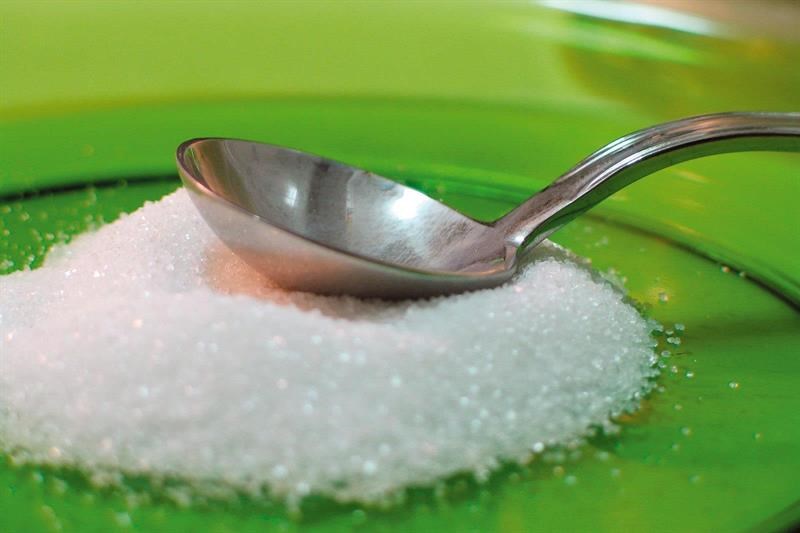Sugar reduction results so far
Published: 22/05/2018
Public Health England (PHE) has today published the first assessment of progress on the government’s sugar reduction programme, measuring how far the food industry has gone towards reducing the sugar children consume through every day foods.
As part of the government’s plan to reduce childhood obesity, the food industry – including retailers, manufacturers, restaurants, cafés and pub chains – has been challenged to cut 20% of sugar from a range of products by 2020, with a 5% reduction in the first year.
Progress towards meeting the 5% ambition is the focus of this report and is assessed against a 2015 baseline.
The assessment shows an encouraging initial start from retailers and manufacturers, achieving a 2% reduction in both average sugar content and calories in products likely to be consumed in one go.
Whilst this doesn’t meet the 5% ambition, PHE recognises there are more sugar reduction plans from the food industry in the pipeline – and some changes to products that are not yet captured in the data as they took effect after the first year cut-off point.
For the eight food categories where progress has been measured, the assessment also shows:
- There have been reductions in sugar levels across 5 categories;
- Yogurts and fromage frais, breakfast cereals, and sweet spreads and sauces have all met or exceeded the initial 5% sugar reduction ambition
- Sugar levels are generally the same across all sectors, however for the eating out of home sector, portion sizes in products likely to be consumed in one go are substantially larger – on average more than double – those of retailers and manufacturers.
Retailers and manufacturers have also reduced calories in products likely to be consumed in one go in 4 categories, for example by reducing the size of the product. Of these, ice cream, lollies and sorbets, and yogurts and fromage frais have reduced average calories by more than 5%.
Due to limitations with the data, PHE is not yet able to report on the progress made in the cakes and morning goods categories for retailer and manufacturer’s products.
It is also not possible to report on progress for the eating out of home sector alone as part of this assessment. Progress in these areas will be reported on next year.
As part of the programme, businesses are encouraged to focus efforts on their top selling products within ten categories that contribute the most sugar to the diets of children up to 18 years of age. They have three options to help them do this – reduce sugar levels (reformulation), provide smaller portions, or encourage consumers to purchase lower or no sugar products.
Progress is also reported on the drinks covered by the government’s Soft Drinks Industry Levy (SDIL). Sugar has been reduced by 11% and average calories per portion by 6% by retailers and manufacturers in response to the SDIL. Data also shows people are buying more drinks that have sugar levels below the SDIL cut off of 5g per 100g.
With a third of children leaving primary school overweight or obese, PHE continues to call for increased action from all sectors of the food industry to achieve the 20% reduction ambition by 2020.
Kawther Hashem, nutritionist at Action on Sugar, based at Queen Mary University of London said: 'Whilst we welcome PHE’s first assessment of progress on the government’s sugar reduction programme, it’s evident that much more must be done – particularly on biscuits, chocolate confectionery, puddings and the large portions of high sugar products sold in the out of home sector.
'It’s unfair and ridiculous that the out-of-home sector products are not being reformulated to the same extent. Much stricter measures need to be in place to ensure progress is being made by the food industry and that the 20% sugar reduction target is met.
'As part of this, Action on Sugar is launching tomorrow its seven-point evidence-based plan with a call for Theresa May to introduce an energy density levy on confectionery, make nutritional labelling on menus and packaging mandatory and ban marketing of HFSS products. These are all crucial recommendations to be included in Chapter Two of her long-awaited obesity strategy.'
Children’s Food Campaign Co-ordinator, Barbara Crowther, said; 'Public Health England is to be commended for putting this data into the public domain. What it clearly reveals is the turbo-charging power of government regulation, such as the new Soft Drinks Industry Levy, when it comes to giving companies an incentive to take excess sugar out of their products, compared to the disappointingly patchy progress of voluntary programmes.
'The failure of over two-thirds of the top 20 brands to make any progress at all only strengthens the case for further government regulation, so that the laggards are no longer allowed to hide behind the companies and brands making the most progress.'
Author: Julie Bissett











.jpg?width=150&height=100&scale=canvas)

